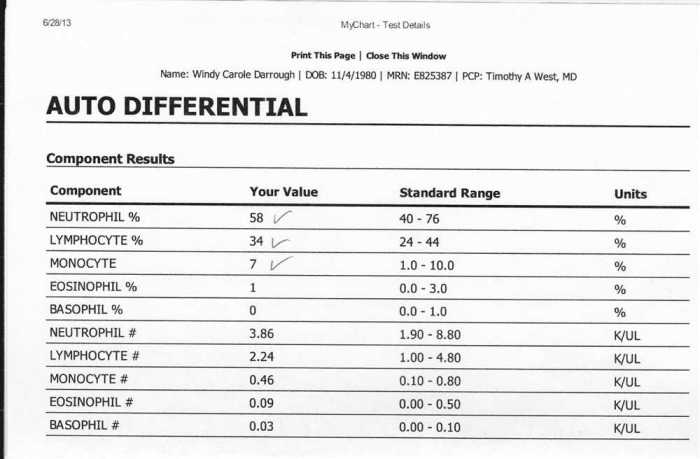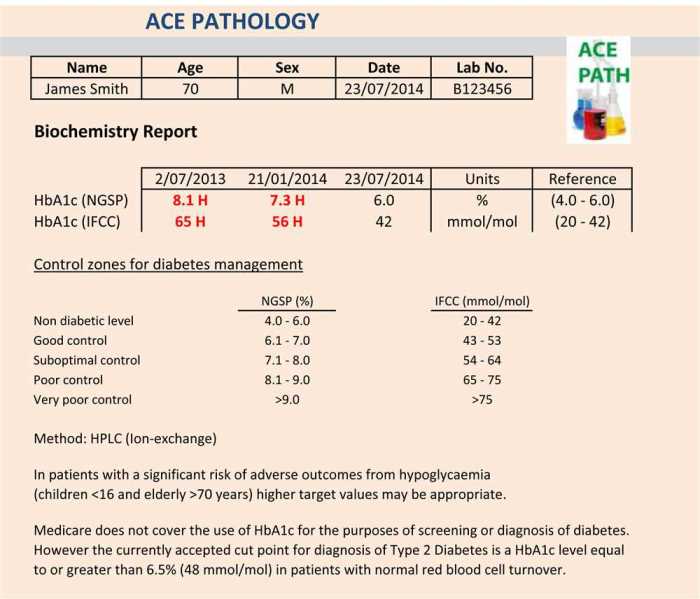Simulating urinalysis lab activity answers offers an innovative approach to education and training, providing students and professionals with a realistic and engaging learning experience. This article delves into the key components, procedures, and applications of simulated urinalysis lab activities, highlighting their benefits and impact on the field of urinalysis.
By simulating real-world laboratory scenarios, learners can develop essential skills, enhance their understanding of urinalysis principles, and gain confidence in their abilities. Moreover, simulated activities foster critical thinking, problem-solving, and data analysis capabilities, preparing individuals for success in various healthcare settings.
Understanding the Concept of Simulating Urinalysis Lab Activity
Simulating urinalysis lab activities provides a controlled environment for students and professionals to learn and practice urinalysis techniques without the need for real patient samples. These simulations can enhance understanding, improve skills, and provide opportunities for troubleshooting and error analysis.
Benefits of using simulations include:
- Increased safety by eliminating potential exposure to hazardous substances
- Cost-effectiveness compared to using real samples and reagents
- Accessibility to a wider range of samples and scenarios
- Flexibility in scheduling and repetition for reinforcement of concepts
Limitations include:
- Potential lack of realism compared to actual patient samples
- Need for careful design and validation to ensure accuracy and relevance
Simulations are widely used in education, training, and research, such as in medical schools, laboratory technician programs, and pharmaceutical industry research and development.
Key Components of a Simulated Urinalysis Lab Activity

Essential components include:
- Equipment: Microscopes, centrifuges, test tubes, pipettes
- Materials: Simulated urine samples, reagents, controls, standards
- Reagents: Chemical solutions used for specific tests, such as dipsticks, staining solutions
Appropriate controls and standards are crucial for ensuring accuracy and reliability:
- Controls: Known samples with expected results to verify the performance of reagents and equipment
- Standards: Samples with known concentrations of analytes to calibrate equipment and quantify results
Technology plays a significant role in simulations:
- Virtual microscopy allows for remote viewing and analysis of microscopic images
- Data analysis software facilitates data management, statistical analysis, and result interpretation
Procedures and Methods in Simulated Urinalysis Lab Activities
Typical procedures include:
- Sample preparation: Centrifugation, filtration, dilution
- Reagent addition: Dipstick testing, microscopy, chemical reactions
- Result interpretation: Comparison to controls and standards, reference ranges
Following established protocols and guidelines is essential:
- Ensures consistency and accuracy in results
- Minimizes errors and biases
- Facilitates comparison and validation of results
Data Analysis and Interpretation in Simulated Urinalysis Lab Activities

Data analysis involves:
- Statistical analysis to determine mean, standard deviation, and confidence intervals
- Comparison of results to reference ranges and established cutoffs
- Identification of outliers and potential errors
Interpretation considers:
- Clinical significance of urinalysis parameters
- Correlation with other clinical findings
- Limitations of simulated activities and potential sources of error
Applications and Uses of Simulated Urinalysis Lab Activities

Education and training:
- Enhance student learning and practical skills development
- Provide a safe and controlled environment for practicing techniques
- Facilitate remote learning and self-paced study
Evaluation and assessment:
- Assess laboratory skills and knowledge
- Identify areas for improvement and provide targeted feedback
- Standardize evaluation procedures and ensure fairness
Research and development:
- Develop new diagnostic methods and technologies
- Evaluate the performance of new reagents and equipment
- Investigate the relationship between urinalysis parameters and clinical outcomes
General Inquiries: Simulating Urinalysis Lab Activity Answers
What are the advantages of using simulated urinalysis lab activities?
Simulated urinalysis lab activities offer numerous advantages, including increased safety for learners, reduced costs compared to traditional lab settings, flexibility in scheduling and location, and the ability to repeat experiments for enhanced learning.
How can simulations be used to assess laboratory skills?
Simulations provide a valuable tool for assessing laboratory skills, as they allow instructors to evaluate students’ proficiency in sample preparation, reagent handling, result interpretation, and adherence to protocols in a controlled and standardized environment.
What are some real-world applications of simulated urinalysis lab activities?
Simulated urinalysis lab activities are used in various real-world applications, such as training healthcare professionals in urinalysis techniques, developing new diagnostic methods, and evaluating the accuracy and reliability of urinalysis equipment.